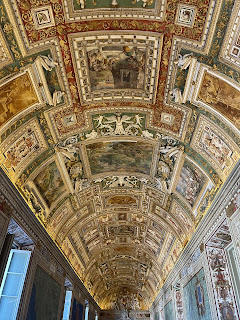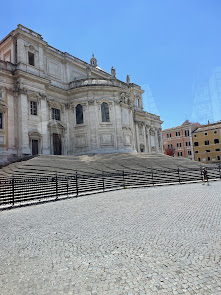Random Thoughts and Helpful Tips on Italy
When you’re in Rome just get used to turning a corner and running right into a beautiful building.
Public transportation is definitely a more desirable way to travel as Ubers are expensive. Download the app Moovit to help you plan your transportation routes around the city. Download the app FreeTaxi for taxi service. Taxi service is cheaper than Uber, but not as cheap as public transportation. Buses are free. The Metro is not, but only costs €1.50. If you’re okay with scooters, take a scooter. Download the Bird app or use Uber to pay for them. They are roughly €3- 6 depending on how far you go— and you can go up to 12 kilometers.
Research the sites you are going to prior to going. Some still have mask requirements, and some have clothing restrictions.
The earlier you go to tourist attractions, the better. And take time to check out some of the lesser known attractions and museums.
If you want to get out of Rome, download the app Trenitalia. You can use trains to go to any major Italian city. It’s handy, efficient, and cheap.
Try to learn a bit of the language. Enough to ask directions, order in a restaurant, and shop in a store. Believe it or not, everyone doesn’t speak English. Plus it’s polite and shows your interest in the place to which you are traveling.
If you go to a market, be prepared to bag your own groceries, and to pay for a bag if you didn’t bring a reusable bag.
Be prepared to walk a lot and stand in a lot of lines if you don’t have passes or skip the line tickets.
Carry a water bottle with you. The fountains in Rome have excellent drinking water. And if you are visiting in the summer you will definitely need to stay hydrated.

















































